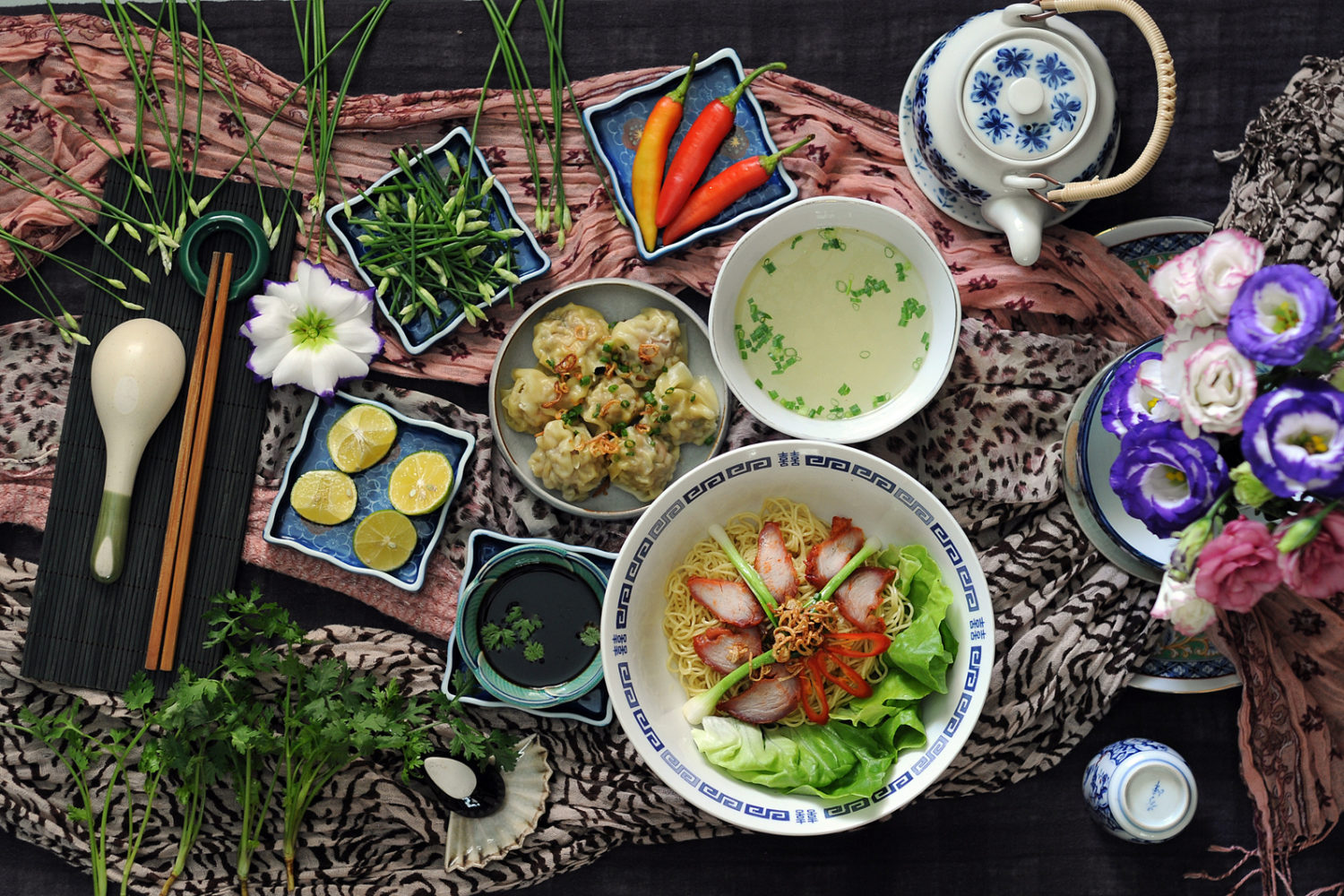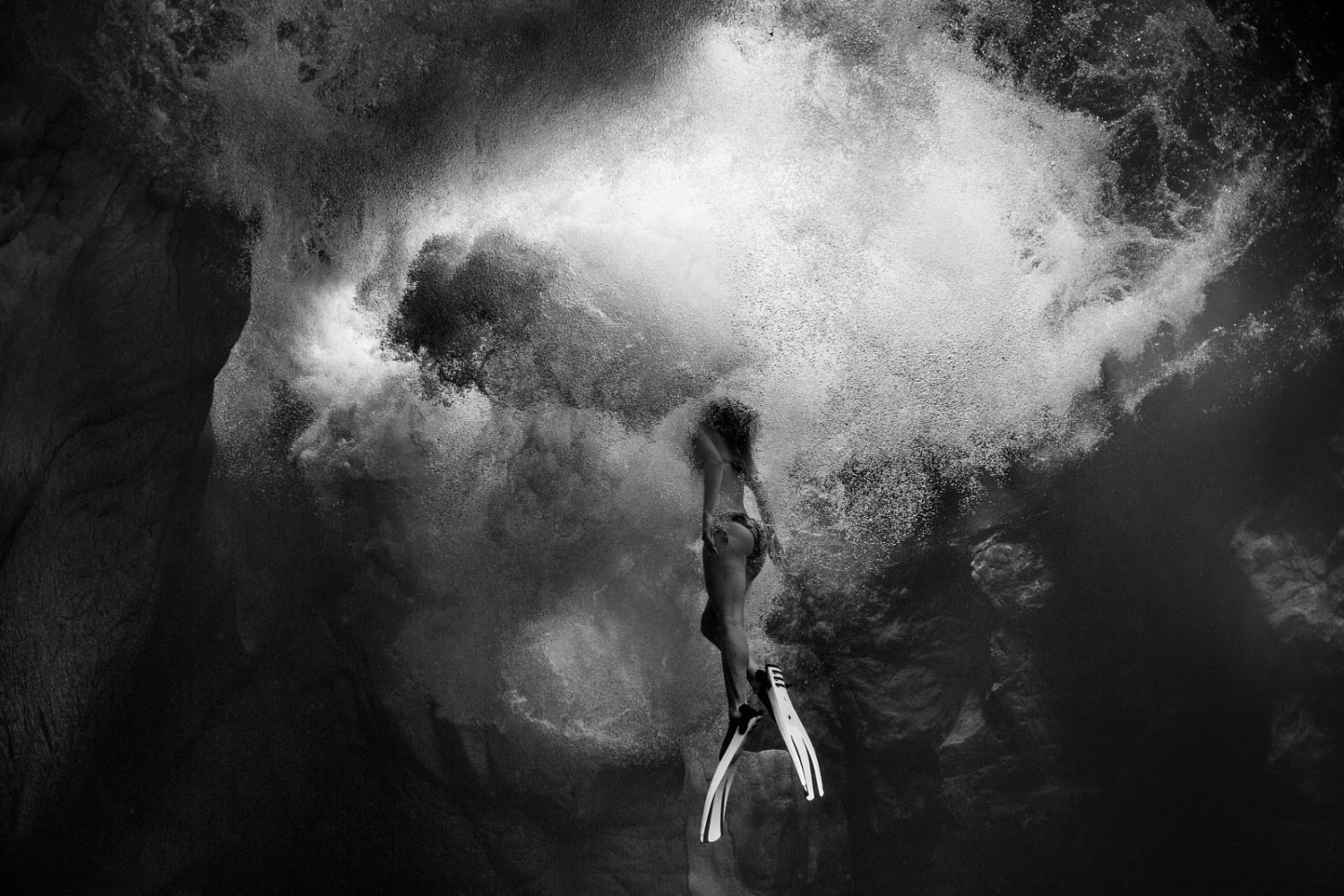Pedro Quintela is a history teacher, talented photographer, and one of the most inspiring people on 500px. To see more of his work and advice, follow him on 500px, check him out on Facebook, or join his Photo Reflections FB group. Recently, he launched a brand-new You Tube channel—be sure to check out his new videos.
As a photographer, there will come a point when the camera feels like an extension of yourself and the images are turning out the way you imagined. When you reach this point, then it’s time to move to the next level—to create your own trademark style that makes your work distinct and personal.
With visual storytelling, you can express your ideas, emotions, and messages through your own photography and aesthetic, instead of through speaking or writing. By using a carefully-crafted image, you can tell a story with your own unique point of view—one that has a lot of meaning to you that your viewers will hopefully recognize. This way, you’ll be able to increase the level of engagement and connection between you as a photographer and your viewers.
To tell your story, consider focusing on authenticity, cultural relevance, humanity, a connection, or a common concept. Here are some tips to achieve this:
Keep it simple. Too much information in a single frame is distracting. It creates an unpleasant chaos for the eye. Try to create curiosity. You only have a few seconds to catch your viewer’s attention.
Choose one theme. Don’t try to use two ideas in one frame, because you can confuse your viewer. One trick to create a dramatic effect when you have two subjects in one frame is to blur the background.
Framing is everything. Your viewer needs to identify the character in your story, and the messages you’re building around them. Know which things need to be included or excluded from your scene to guide the viewer to these messages. Here, the use of different focal lengths is essential. Go wide if the location is key to the story, and use tele if there’s something you clearly need to point out or emphasize.
Know the importance of colors. Using the correct colors and temperature is another important aspect of building a story. Warm colors (near the red end of the spectrum, related to fire are red, yellow, and orange) are connected to energy, passion, comfort, and pleasant feelings. Cool colors (the blue end of the spectrum, related to ice are cyan, purple, and blue) can build feelings of calmness and sadness.
My personal case
My journey in Visual Storytelling began for me over a year ago, in December 2014 when I shot, “Who Needs Forever” which won the 500px Valentine’s Day Contest.
I started with that image when I realized that an “empty” landscape wasn’t enough for me. I needed a human scale, the presence of someone to whom we could relate, and also be a way to tell that story I wondered about. My most usual subject is a photographer because the act of shooting, of being free in the fields is almost a spiritual experience to me. I am reminded how small we are and how important nature is to us as humans. So capturing this is always a challenge, and as we all know, a story is always happening when we get out of homes with our gear to shoot. So with my limited time and resources, I started this series about a photographer in the field. Of course, I’m not the only person to do something like this. Many have come first, and many will come after, but I try to have my own mood and style.
That’s why I always search for high locations where the horizon is far off. I can capture the sun at another angle. Plus, it gives me room to shoot with my focal lens above 70mm, most preferable 85, 135 and 200. This is because of the narrow depth of field which helps me isolate the subject and compress the perspective. Shooting backlit is also a must for me or a location where I can get drama from the shadows and highlights.
In summary, to create a visual story in your photography, follow these basic tips:
. Tell a simple story that can be framed and composed
. Consider a powerful idea that connects with your viewers
. Be comfortable with your gear, and master the use of focal and lighting
. Use color schemes to enhance your narrative
. Treasure the shooting and editing moments because they are unique
Happy shooting!






Leave a reply